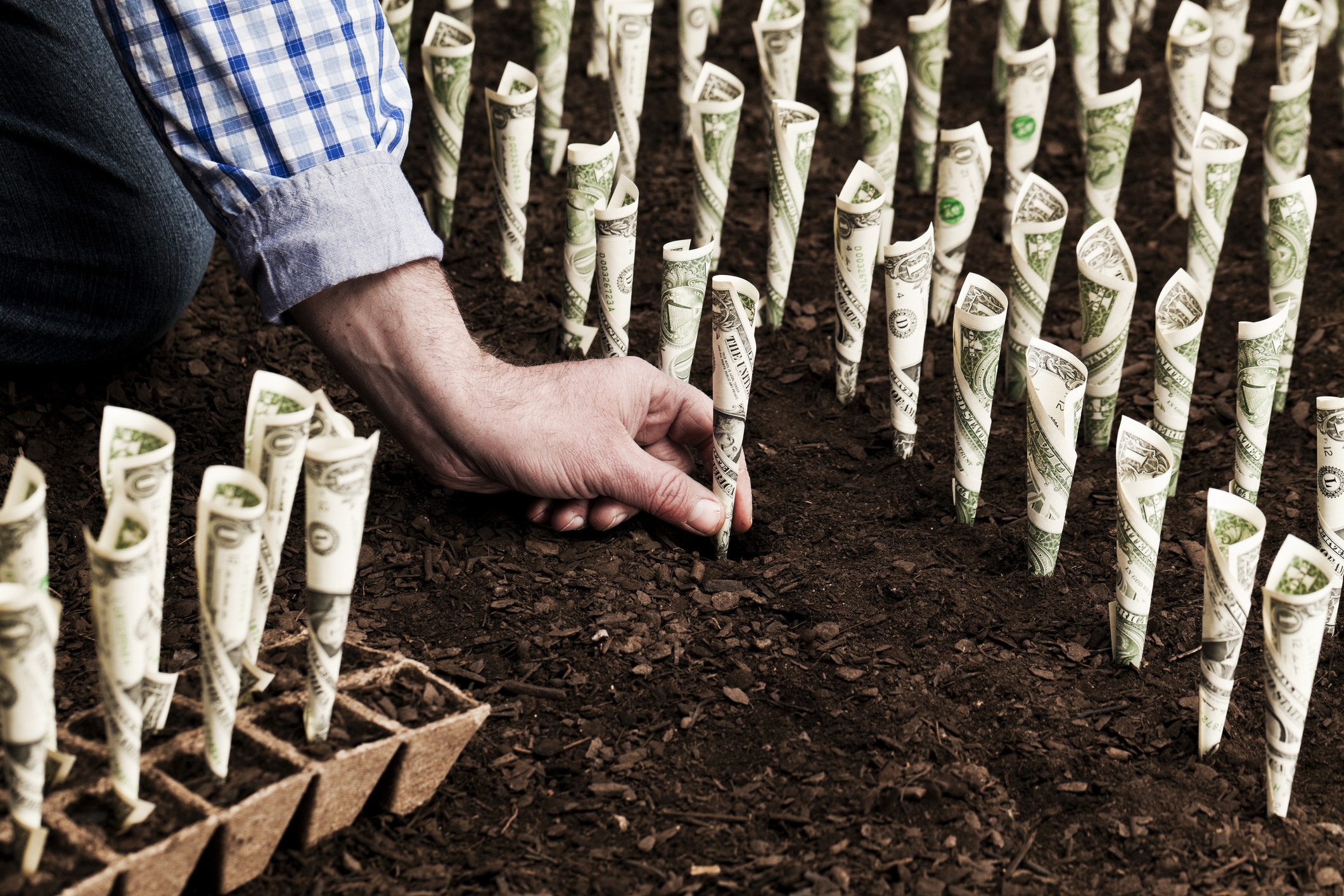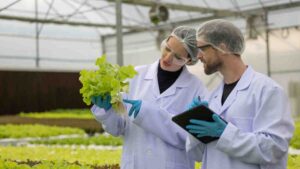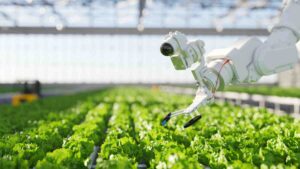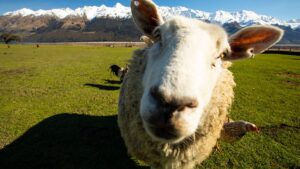The Ethical Investor: How carbon farming can reduce GHG and allow farmers to sell carbon credits

What is carbon farming, and how can it reduce GHG and allow farmers to make additional revenue? Picture Getty
- What is carbon farming, and how can it reduce greenhouse gases?
- How can farmers make additional revenue from carbon farming
- Stockhead reached out to RegenCo’s founder, Greg Noonan
Increasing levels of greenhouse gases (GHG) in the atmosphere act like extra blankets, warming the Earth and changing our climate.
While the burning of coal, oil and gas is the dominant source of GHG, about a quarter of GHG emissions globally are actually caused by farming.
This comes mainly from activities such as raising livestock, applying fertilisers to crops, and clearing up forests for more farmland.
In the last few years however, a new method of farming – called regenerative agriculture or carbon farming – seeks to not only reverse the GHG produced, but also soak up some of the carbon back into the soil.
The term carbon farming itself refers broadly to land management activities that reduce GHG emissions from agricultural practices, or sequester carbon dioxide in the landscape.
In Australia, the practice is rapidly becoming an emerging industry that’s making an important contribution to our emission reduction goal.
Carbon farming has also allowed farmers to sell carbon credits, which can act as an additional revenue stream for the farming business.
How carbon farmers can generate credits
One method being employed by carbon farmers is to plant year-round cover crops and refrain from tilling the soil, which prevents the trapped carbon that’s been sequestered in the soil from escaping back into the atmosphere.
Using this method, some farmers have seen yields comparable to what they would have gotten through conventional farming. Others have noticed that their soil is a lot healthier and crops a lot more resistant to pests and extreme weather such as floods and droughts.
Another method, which doesn’t involve planting trees, is to stop whatever activity has been suppressing tree growth – whether that’s clearing, grazing, farming, or feral animals – so that forests can regenerate.
Greg Noonan, the founder of agricultural specialist, RegenCo, explained that the amount of carbon that’s being removed from the atmosphere by applying these methods can essentially be sold to the market.
“The carbon farmer receives an Australian Carbon Credit, which is equivalent to one tonne of carbon dioxide, either sequestered or avoided from entering the atmosphere,” he told Stockhead.
“Those credits have a market value, and currently the value is about $35 per Australian carbon credit unit.”
Noonan said buyers of these credits could be voluntary, ie; those companies that have made commitments voluntarily to be carbon neutral or reduce their overall emission.
“Or they could be buyers that have been impacted legislatively by the safeguard mechanism, which includes the largest emitters in the country that have a legal obligation to reduce their emissions over time.”
Quantifying and enhancing integrity of carbon credits
Noonan explained that every carbon farming project has to be under a method.
In Australia, the three biggest methods currently used for producing carbon credits are: the human induced regeneration (HIR), avoided deforestation, and landfill gas.
“We also have the Savanna burning method, which is a method used in Northern Australia where traditional owners are involved in controlled burns to minimise large destructive summer burns that would naturally occur,” Noonan explained.
“So those are the main methods in play, and whether a farmer can make money out of it really depends on whether they can apply one of those methods to the lands they’re managing,” he added.
Noonan says RegenCo works with land owners on the science to help them quantify the amount carbon being sequestered or avoided, and in turn, how much credits can be generated and sold.
Recently, RegenCo partnered with agtech company Agronomeye to enhance transparency and integrity on two Australian carbon farming projects covering almost 1m hectares located in the southern part of the Northern Territory.
The partnership combines RegenCo’s expertise in carbon projects with Agronomeye’s digital twin whole-of-farm technology, called AgTwin, that provides a high-resolution 3D map of the natural landscape.
The AgTwin combines data modelling with third party data such as yield maps, weather and on-farm sensors, and draws on lidar technology captured from the air provided by ASX listed geospatial tech company, Aerometrex (ASX:AMX).
“If we think of a satellite image as an X-Ray of a landscape, the digital twin is more like an MRI. The technology enables us to map entire farming systems from data gathered at scale by an aeroplane,” said Agronomeye’s CEO, Stu Adam.
“Aerometrex’s lidar sensors capture all elements of the ground environment, including the height of all the trees, density of vegetation and land contours.
“We use this data to create a 3D map of the landscape with detailed analysis that is unique, actionable and marketable,” Adam added.

Noonan said he was excited about the transparency this technology provides the system, how it helps to outline areas suitable and not suitable for carbon farming, and what that means for integrity.
“This technology allows us to hone in and regenerate suitable areas, creating absolute certainty around what is happening at the project level.”
Carbon credits need ‘to be real’
Noonan said the practice of carbon farming is gaining traction, and is happening at scale everywhere in the world.
But he acknowledged that it’s an area that has received quite a bit of criticism over the last 12 to 18 months.
“We saw Professor Andrew McIntosh, who’s a former regulator himself, start to make public statements about the integrity of the system in early 2022.”
McIntosh and his colleagues published a series of papers last year outlining systemic flaws in the Australian carbon credit system, calling it as suffering from a “distinct lack of environmental integrity.”
“We understand that buyers of credits and the Australian public need to have confidence in carbon farming if we’re going to provide offsets to emitters, and effectively allow them to continue to emit to some extent by buying these credits,” said Noonan.
“These carbon offsets need to be real, and they need to be additional.
“So what we’ve done with the investment that we’re making in this technology, is to create not only higher integrity projects, but also greater transparency around how these projects work, and how effective they are,” Noonan said.
Related Topics
UNLOCK INSIGHTS
Discover the untold stories of emerging ASX stocks.
Daily news and expert analysis, it's free to subscribe.
By proceeding, you confirm you understand that we handle personal information in accordance with our Privacy Policy.








